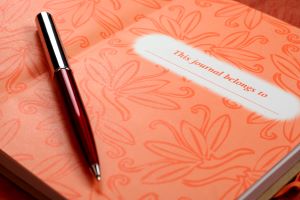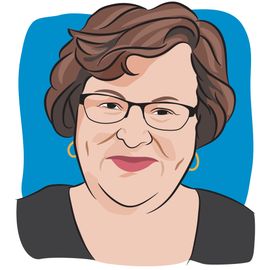In the summer of 2021, as COVID slowed, I found myself with spare time, so on a whim I started a cancer memoir. In addition to the writing, I awoke one night, husband snoring beside me, with an original concept on how to structure the book.
Lesson #1: When the spirit moves you, record your discovery right then.
I had breast cancer twice, once in 2011 and once in 2016. Last year in 2021, my oncologist “fired” me, saying I was done with treatment, and having reached the end of that journey, I felt compelled to write about cancer. I was thankful, and my memoir concept had to do with the gifts I’d been given during my cancer journey. Friends gave me tangibles such as hats, food, cards, religious jewelry, and books on cancer, but they’d also given me intangible, or spiritual, tokens of their support and love. Such intangibles included their humor, their conversation during chemo, and memorable rides to radiation.

The book came out quickly, and by August, I’d completed over 12,000 words, but the length was too short for a traditional book. Most books are at least 50,000 words. It wasn’t a short story; it wasn’t a full-blown memoir. I improvised, deciding to call it a “cancer memoir chapbook.”
Chapbooks are short books, usually around 8,500 words at most, and they are often books of poetry. My work was longer, and it was nonfiction, but “chapbook” was the closest title I could find for what I’d composed.
Lesson #2: Sometimes writers must make up their own rules.
Now, where and how to publish the work?
I discovered that Ploughshares, a literary journal out of Emerson College, published longer works of fiction and nonfiction, anywhere from 7,500 to 20,000 words in length. Bingo! I sent it off. A couple months later, the rejection arrived. By then, the book had a name, created by my husband — Cancer Loot: The Stuff That Helped Me Survive Two Bouts of Cancer in Ten Years.
Rejection jarred me into action. Again, the book was too short for a traditional book publisher, and I didn’t care to self-publish what would have amounted to a pamphlet. Plus, I wanted my work to be seen by as many people as possible. I’d been blogging for a cancer blog, curetoday.com, for five years. Maybe they’d want to publish it. They declined. Now what?
Lesson #3: Writers need persistence to be published.
I searched for other cancer websites, quickly finding cancerwellness.com. I pitched the editor, but in a rather unorthodox manner. I simply wrote the editor a one-line note in their comment box, informing them I had written a chapbook, and would she care to read it?
Lesson #4: Sometimes the simplest way is the best.
Now, would the editor want all the manuscript? I preferred cancerwellness.com serialize the whole book over a period of months, chapter by chapter, but in the end, the editor decided to excerpt the cancer memoir chapbook over the month of April 2022.
Success!
Lesson #5: Traditional isn’t always the solution.

Dumb luck? Maybe, but the better belief is open-mindedness in finding answers. Don’t be afraid to make up the publishing process as you go along, just as you make up your own creative writing. Now I have an excerpted chapbook under my belt, and I’m $1,200 (30 cents/word) richer.
Not bad for a whim and a little thinking outside of the box.
Bio: Laura Yeager has been writing fiction and nonfiction for over 40 years. A graduate of The Writers’ Workshop at The University of Iowa, she teaches writing at Gotham Writers and at Kent State University at Stark. In April 2022, Cancerwellness.com published excerpts of her cancer memoir chapbook, Cancer Loot: The Stuff that Helped Me Survive Two Bouts of Cancer in Ten Years. More of her cancer writing can be found at curetoday.com/contributors/laura-yeager . Laura Yeager lives in Ohio with her husband and son.
Leave a Reply